Steven Smith — a photographer who grew up in the Church of Jesus Christ of Latter Day Saints, the Mormon church, and whom I’ve known a long time — sent me a book he’s just published. It’s called Waiting Out the Latter Days. It’s almost entirely photographs which I love but am incapable of reading, so I asked him to explain it a little. His full answer is in the following post but his first answer was:
“I have been thinking about how to talk about this book but it is so personal, I get self-conscious. The book has a catchy, almost clichéd, title but I mean the phrase in every sense possible. The Mormons viewed the nuclear apocalypse as the Bible’s promise of the end of days. That was when Jesus was going to come back and take every one to heaven. I did this book because I was so curious to investigate the world that did not meet its armageddon.”
– Ann
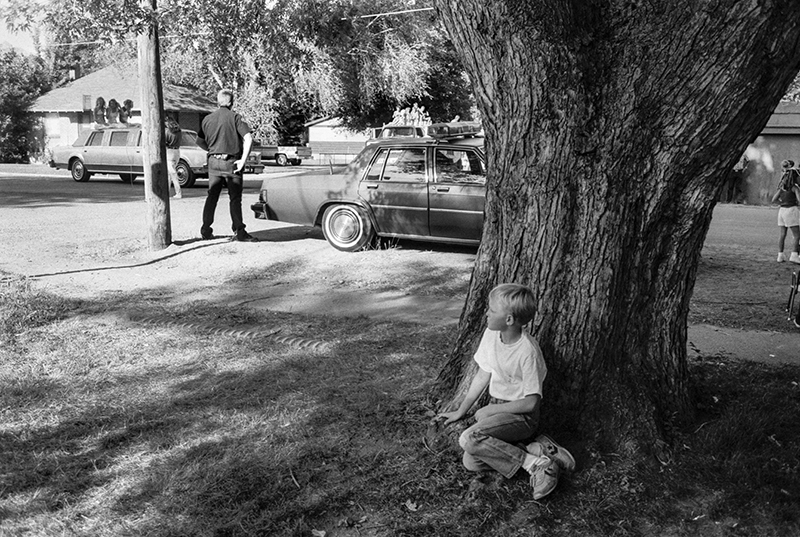 Fourth grade was the last time we practiced diving under our desks and turning our faces away from the windows. In middle school, we were sent down into the basement from time to time for what our teachers told us were earthquake preparedness drills. We knew the drills were for atomic bombs. The looming nuclear attacks were all part of God’s plan. Our job was to remain faithful and wait.
Fourth grade was the last time we practiced diving under our desks and turning our faces away from the windows. In middle school, we were sent down into the basement from time to time for what our teachers told us were earthquake preparedness drills. We knew the drills were for atomic bombs. The looming nuclear attacks were all part of God’s plan. Our job was to remain faithful and wait.
While waiting, we saw the TV programs on Nuclear Armageddon and When the Russians Invade that aired right before Saturday morning cartoons. Then in Sunday school, we found out how Satan and the Communists were conspiring together against us. The Cold War was escalating, the Russians were going to attack soon, and we had better stop touching ourselves. I didn’t really have any hopes or dreams then. I just wanted to live long enough to get married and have sex before God called us Home. Continue reading →
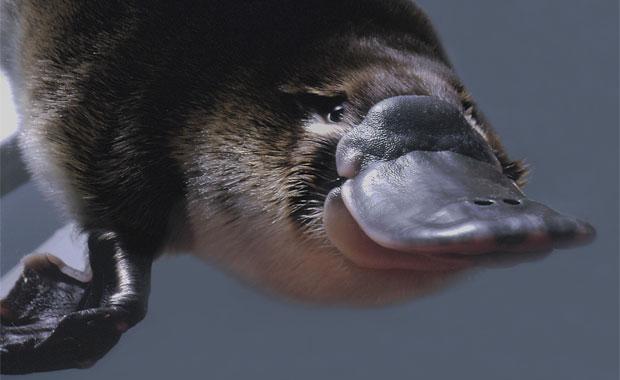 I have noticed a disturbing trend on the internets recently. A series of videos, pictures, and posts have portrayed the duck-billed platypus as an adorable, lovable creature. As if it is some cute little bundle of playful, ticklish fun. They’ve even been given a cute little web nickname of “puggle.” In fact, I might go so far as to say the platypus is on the verge of becoming the web’s new hedgehog. This needs to stop and it needs to stop now.
I have noticed a disturbing trend on the internets recently. A series of videos, pictures, and posts have portrayed the duck-billed platypus as an adorable, lovable creature. As if it is some cute little bundle of playful, ticklish fun. They’ve even been given a cute little web nickname of “puggle.” In fact, I might go so far as to say the platypus is on the verge of becoming the web’s new hedgehog. This needs to stop and it needs to stop now.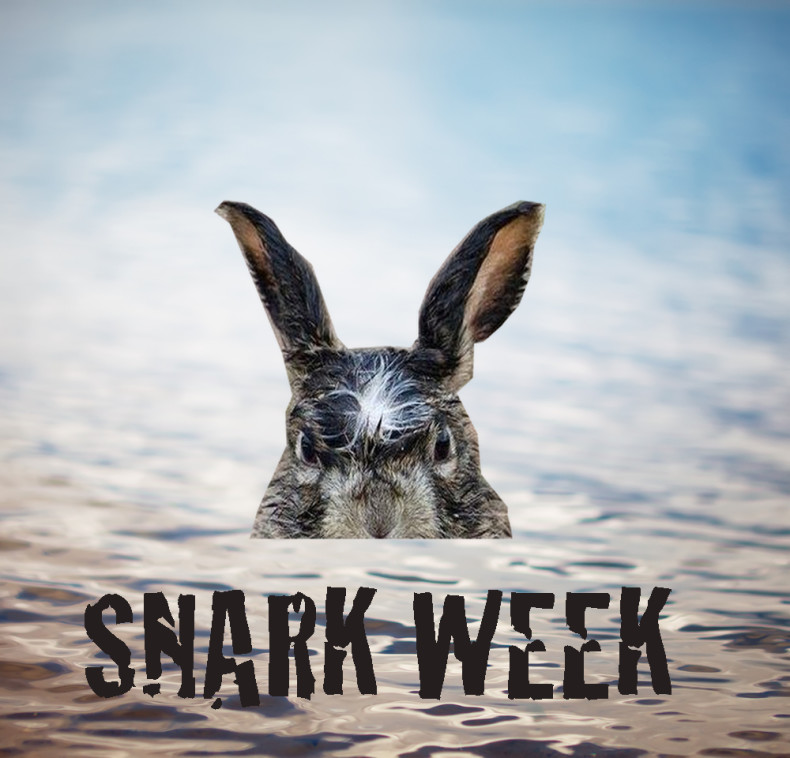
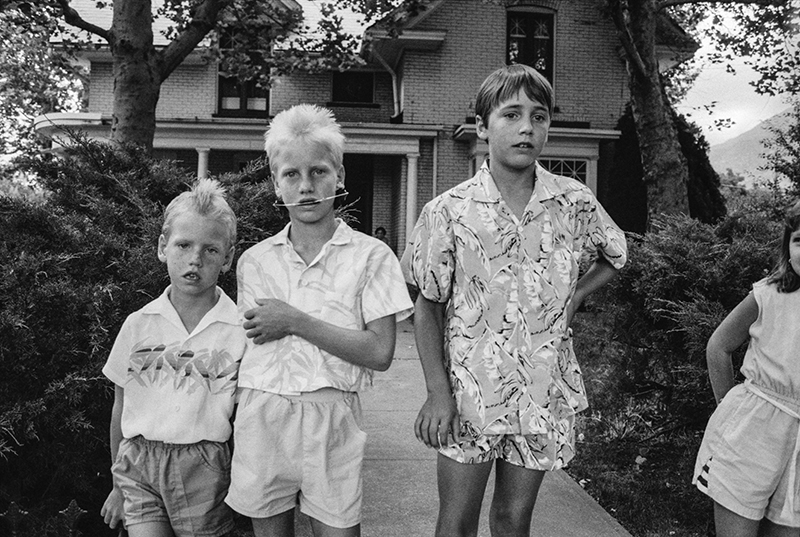
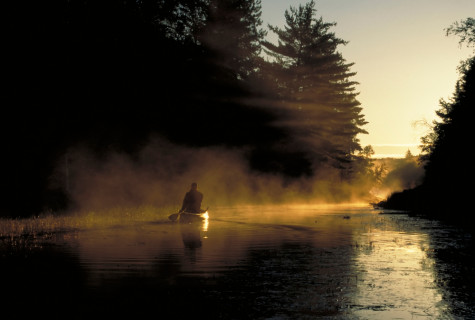


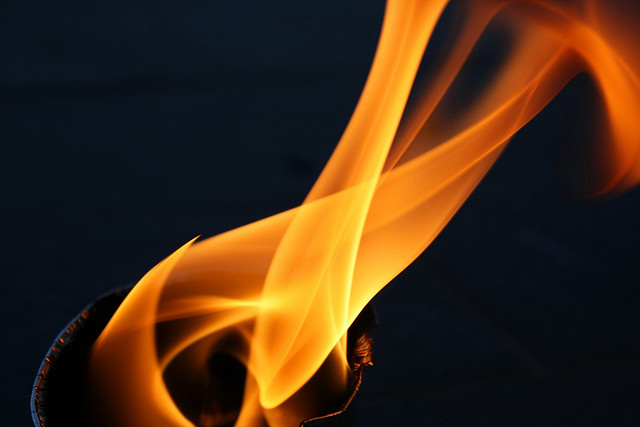 I quit glassblowing because it pissed me off too much. It’s been ten years since I’ve done it, so I don’t remember much about how to make a goblet or a vase or a Christmas ornament. What I do remember is the bright eye of the furnace, the relentless heat, and the crazy dreams that I had after late-night sessions in the shop. My nights were filled with color, with people transforming into animals or into each other, with rainbow storms and trippy blobs that looked like moving Rorschach tests.
I quit glassblowing because it pissed me off too much. It’s been ten years since I’ve done it, so I don’t remember much about how to make a goblet or a vase or a Christmas ornament. What I do remember is the bright eye of the furnace, the relentless heat, and the crazy dreams that I had after late-night sessions in the shop. My nights were filled with color, with people transforming into animals or into each other, with rainbow storms and trippy blobs that looked like moving Rorschach tests.